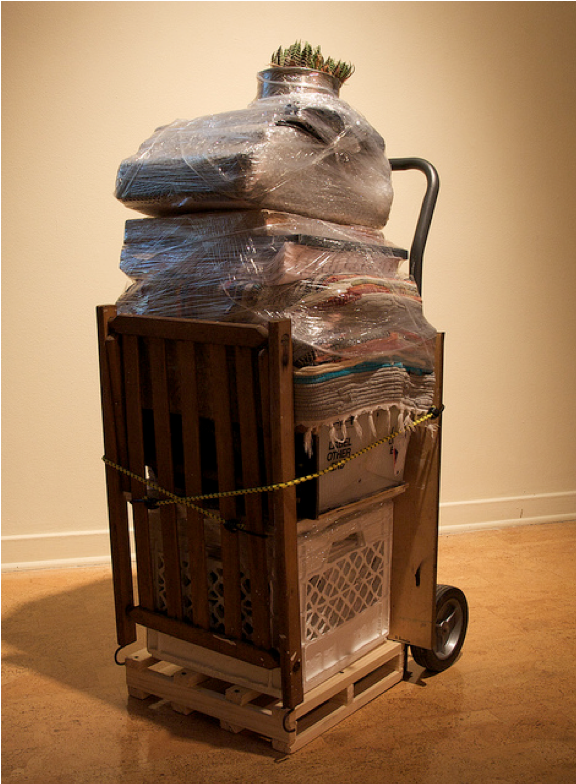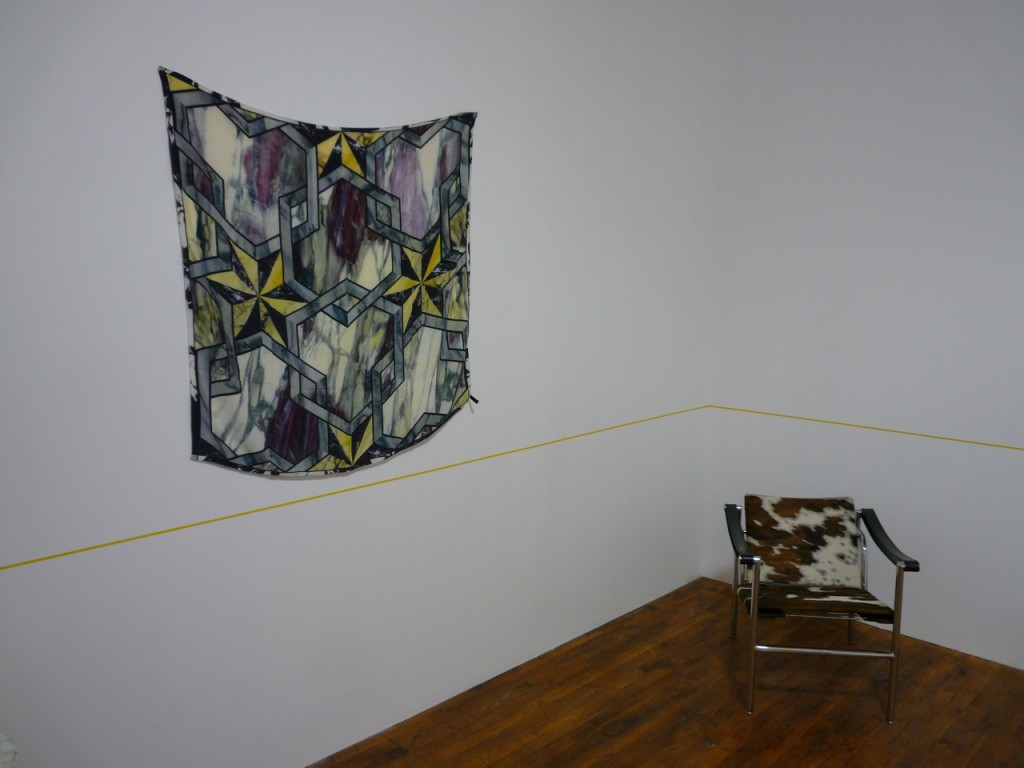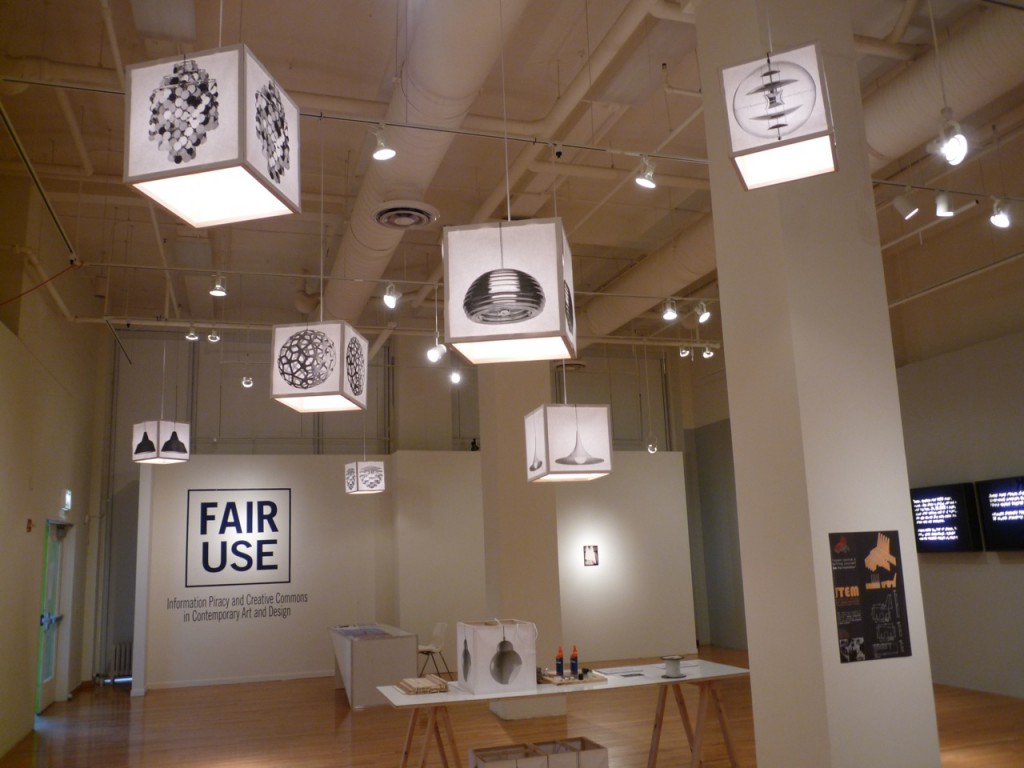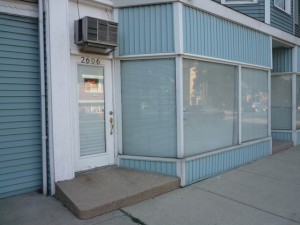While conversations continue (albeit tiredly) to predict the demise of physical book production, new publishers continue to produce books. There is a wealth of new, bright-eyed small presses all over the country. None so unique as Brandon Alvendia’s Silver Galleon Press. There is a pioneer quality to Alevendia’s style of book making. It’s cheap and fast and easy. It’s also utilitarian. The preciousness of the object he creates comes from it’s easy, DIY production. These books are art objects as a result of their disregard for self-fetishization. Silver Galleon Press is one of many Branches in Alvendia’s art practice. First and foremost, Alvendia creates. The material in which his ideas manifest vary–whether its curatorial, written, published, performed, taught, filmed, or sculpted, the work follows from a verb of action. Alvendia is at the center of that action.
Caroline Picard: Where did the idea for the Silver Galleon Press come from?
Brandon Alvendia: The Silver Galleon Press comes from a desire to read from the infinite repository of texts stored online in a form that can be handled, highlighted, written-in, dog-eared, torn, collected, exhibited, archived, shelved, lost, given as a gift, traded or burned for warmth.
CP: How do you choose your publications?
BA: The continually growing collection of texts represents years of maintaining a folder on my computer named “readme.” Approaching one DVD in size, the library of PDFs is slowly built from a daily practice of hunting and gathering new reading material online. The books are published on an as-needed and on-demand basis to suit a wide range of distribution and exhibition contexts. Titles are also published by request or for personal enrichment.
CP: Can you talk a little bit about how you make your books?
BA: The Silver Galleon Press method of bookmaking is an economical and efficient process that can be learned by all. First, the captured PDF is minimally processed using the budget page-imposition software Cheap Imposter (OS X) to rearrange pages for printing. The PDF is then printed using generic printer ink, found online for as cheap as $1.99 a cartridge ($.01/page B+W). The pages are cut, folded and bound using common office supplies such as heavy-duty staples, two-hole brackets, and a wide variety of glue and tape (as in hot and duct, respectively). Covers are made from salvaged materials of all kinds (file folders, cardboard boxes, canvas, photo-backdrop paper, fabric, mass produced books, etc) manipulated with collage, paint and other mixed media. The whole operation can be reproduced anywhere and will adapt to exploit specific resources at any given venue/institution (ie color copiers, interns, etc…) Finished titles are distributed freely, by barter or on a pay-what-you-wish basis (and often part of a larger sculptural installation.)
CP: More generally, what would you say your medium is?
BA: If we look broadly at all kinds of creative activity, we can see how various forms can all exist and be valid at the same time. So, the only real medium left in Art is oneself. The residue of an ephemeral and experimental practice of everyday life trails behind in the form of art objects and art documentation of all kinds. It is through celebrating a life of art (and the questions it proposes) that one’s inner knowledge and experience of the moment can be shared with others through time and space. If The Act of Drinking Beer with Friends is the Highest Form of Art, don’t forget to sign the bathroom wall.
CP: Do you feel like your curatorial practice has developed parallel to your artistic practice?
BA: My curatorial (and my writing, performing, publishing, research, studio, teaching, etc.) practice has developed as a part of, rather than parallel to, my art practice. Each new project forces me to learn about subjects and disciplines that I didn’t know existed, travel to places I wouldn’t normally visit, and experiment with any number of new materials to realize the idea. Most importantly, it offers me the opportunity to maintain conversations with a broad group of intelligent like-minded thinkers and do-ers. That said, a creative writing practice appears at the core of everything and is certainly required to draft interesting press releases, project proposals, scripts for performances, notes during a conversation, interviews, artwork material lists, loan agreements and other contracts, vinyl wall text, neon, budgets and precisely worded emails (where my best writing gets done).
CP: What is your favorite curatorial project to date?
BA: My favorite curatorial project is either the last one or the next one (depending on my mood).
The last project was Ornament and Crime (and Crime) at ADDS DONNA, a gallery in Chicago’s West Garfield Park. The work responded indirectly to the famous Adolf Loos essay from 1908 and directly to the location of the gallery in a neighborhood recognized by the FBI as one of the most dangerous in the city. It featured the work by artists Conrad Bakker, Pamela Fraser, Michelle Grabner, Joe Grimm, Jo Hormuth, Lucy Mackenzie, David Shrigley, and Anonymous. The work as a whole was an experiment in the act of collecting and curating as a mode of artistic expression.
The next major curatorial project is a highly classified top-secret project for the 10th Sharjah Biennial: Plot for a Biennial. The theme of this edition of the Biennial is Art as Treason, Necessity, Insurrection, Affiliation, Corruption, Devotion, Disclosure and Translation. The Biennial opens March 2011, Sharjah, United Arab Emirates.
CP: How would you characterize an artist and do you consider yourself one?
BA: I find the wise old German proverb, “The True Artist is Never on Vacation,” to be the most accurate and concise description of any artists’ ambition in life. I also strongly believe in the wise and even older German proverb “Every Human Being Is an Artist.”
CP: How do you perceive the structure of the art world?
BA: It is a professional context and closed system like any other with its own set of hierarchies and politics, with the added layer of a timeless history to up the stakes. The structure is replete with inconsistencies and patterns that can exploit or be exploited, depending on one’s approach.
CP: How do you imagine yourself fitting into that picture?
BA: My goal is to take control of the division between art and real life in order to render that division porous.
CP: Over the development of your work, the extended dedication to your practice, how would you say your context of peers and goals has shifted?
BA: The art context gets smaller and smaller over time, and access to smart people becomes easier. This results in more ambitious projects and long-term, big-picture planning involving larger groups, expanding from the safety nest of the art context to the jungle of real-life.
CP: What is your vision of success?
BA: Success is the realization that success is fleeting and living in the present is the reward.
CP: Do you think you’re the sort of person/artist who would recognize that–
BA: Absolutely.
CP: –Or are you always working towards the next vision?
BA: The next vision is always an extension of the present one. One project sets up the next and the projects build on one another revealing a new vista of new possibility.
CP: What about your new project in Logan Square?
BA: The Storefront at 2606 N. California is a multi-purpose space in the Logan Square neighborhood of Chicago. It is host to a number of existing projects, including the ALVENDIA studios and The Silver Galleon Press as well as new projects The 16:9 Club screening series, HomeSchool experimental pedagogical project, The Notch public art space, and many other ongoing and rotating projects by local and international producers of all kinds. All projects are documented with catalogs for international distribution through the Silver Galleon Press. The first project is the publication Quite a Large Bite for Such a Small Berry. A Memoir by Vincent Dermody.









Pingback: Talking to Brandon Alvendia | The Lantern Daily